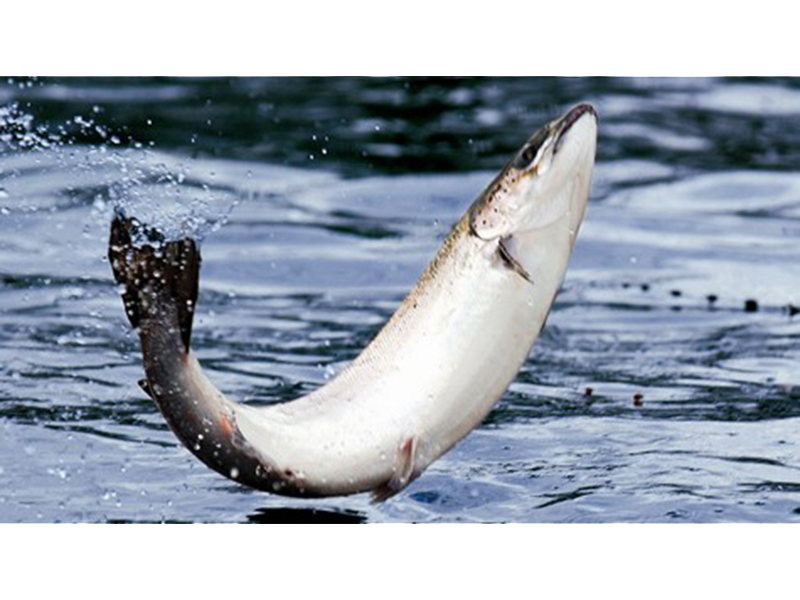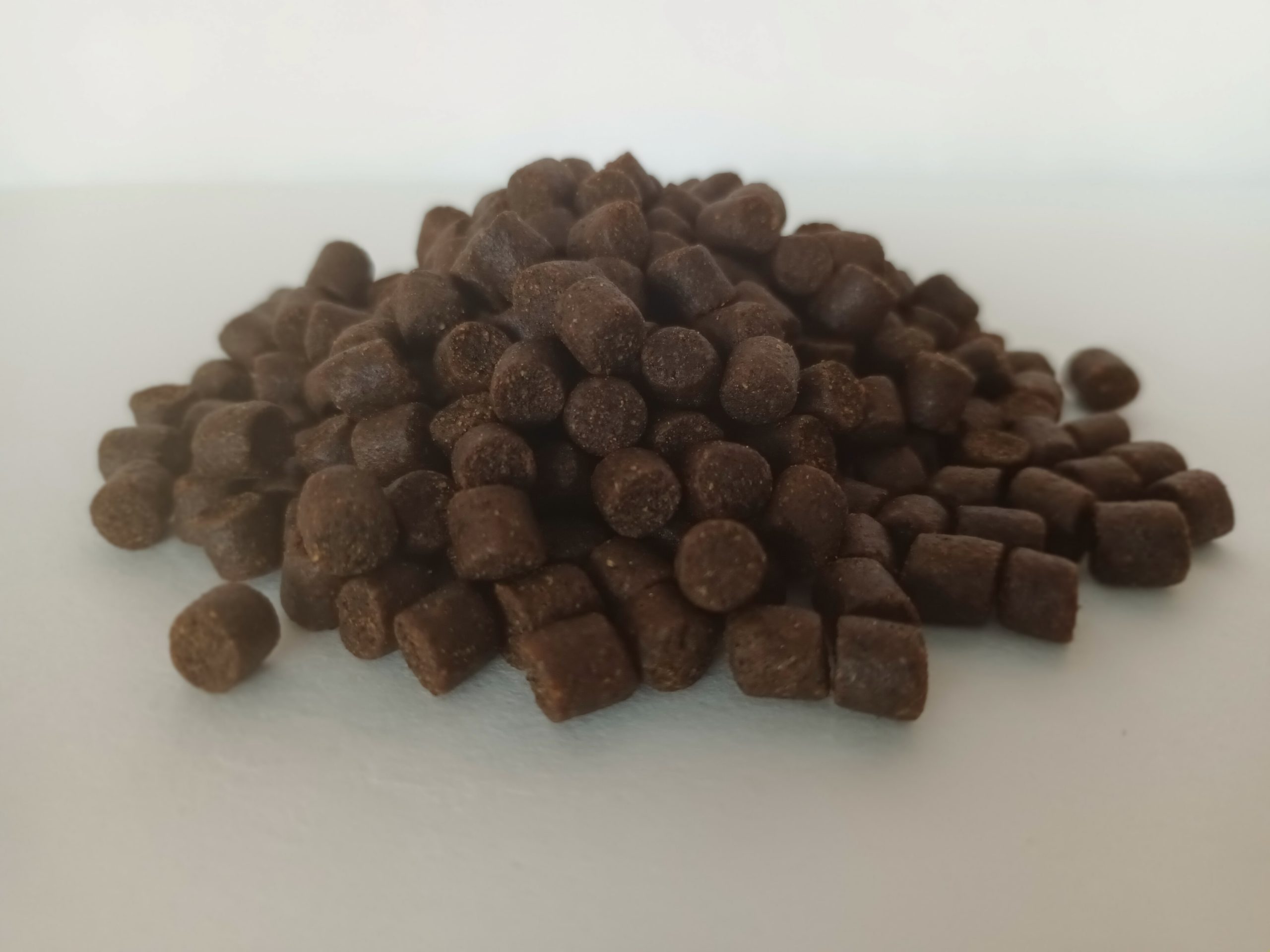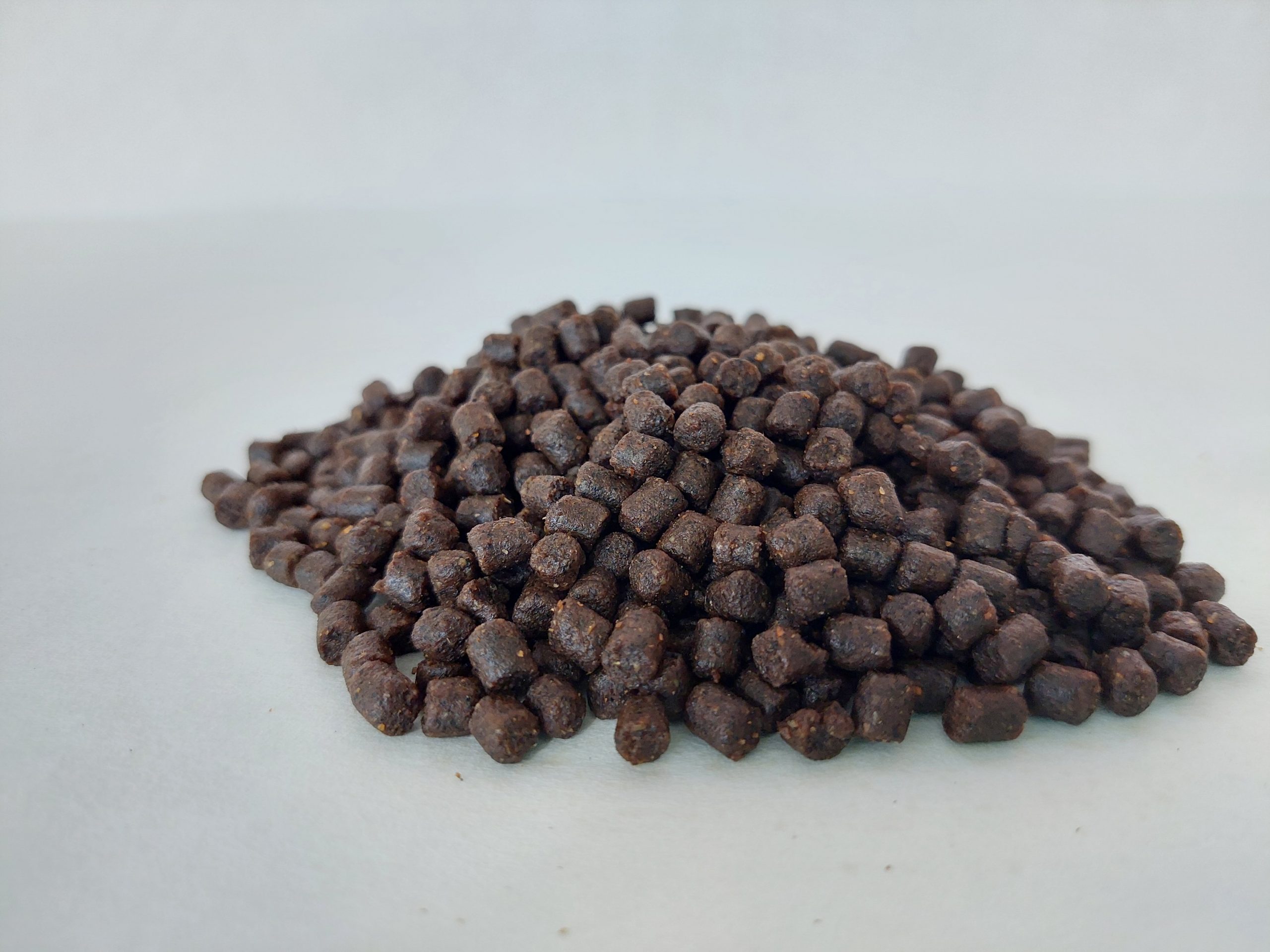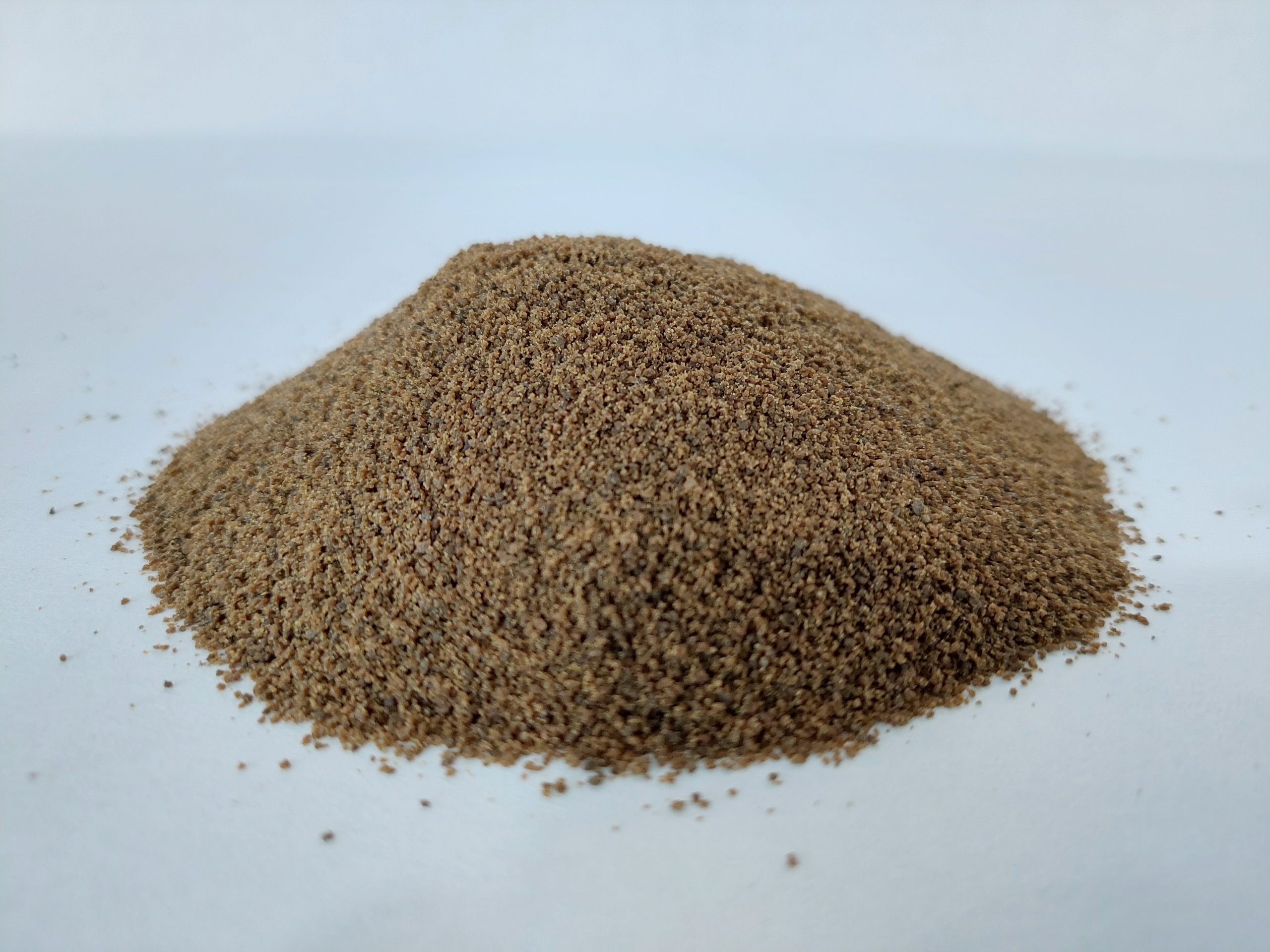In salmon’s intensive cultivation
Getting good results in sea water (fattening stage) depends, considerably, on the quality of the smolt that start said stage.
Thus, getting high quality smolt is a relevant aim in fresh water stage. This way, most of salmons will survive, they will grow up correctly and an optimal conversion of the food will be possible after having been moved to the sea.
To get a smolt that has all theses features, it is necessary to focus on optimizing the productive cycle, and it is basic to choose the right feeding program.
Dibaq has different energetic level fodders that will be used depending on the cultivation policy in each fattening centre.
Pigmentation in this species, whether it is because of its economic cost or its influence on the final product, it is a main factor. Because of this, Dibaq has different pigmentatins plans that guarantee development in the forseen terms of the colour levels that the market points out.

- Temperature
- 39.2-46.4ºF
- Ph
- 6 to 9
- Oxygen
- > 7 ppm
- Density
- 5000 eggs/tray
- Survival
- 90%
- Egg diameter
- 0.2-0.24 in
- Young fish length
- 0.59-0.98 in
- Temperature
- 50-57.2ºF
- Salinity
- 30-35 per mille
- Oxygen
- > 6 ppm
- Load
- 3.07-5.11 lb/ft2
- Duration
- 12-16 months
- Final weight
- 6.61-8.82 lb
- Survival
- 85-90%





